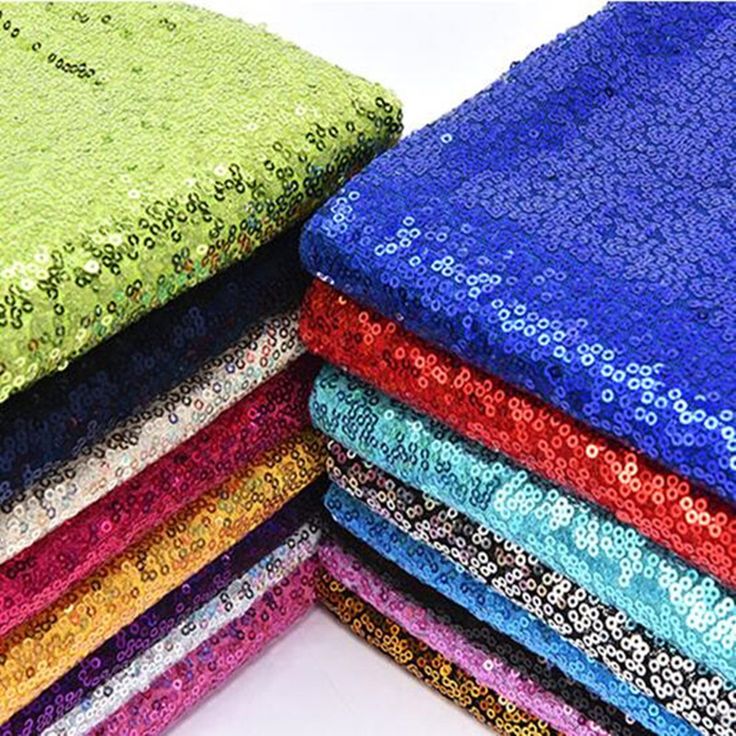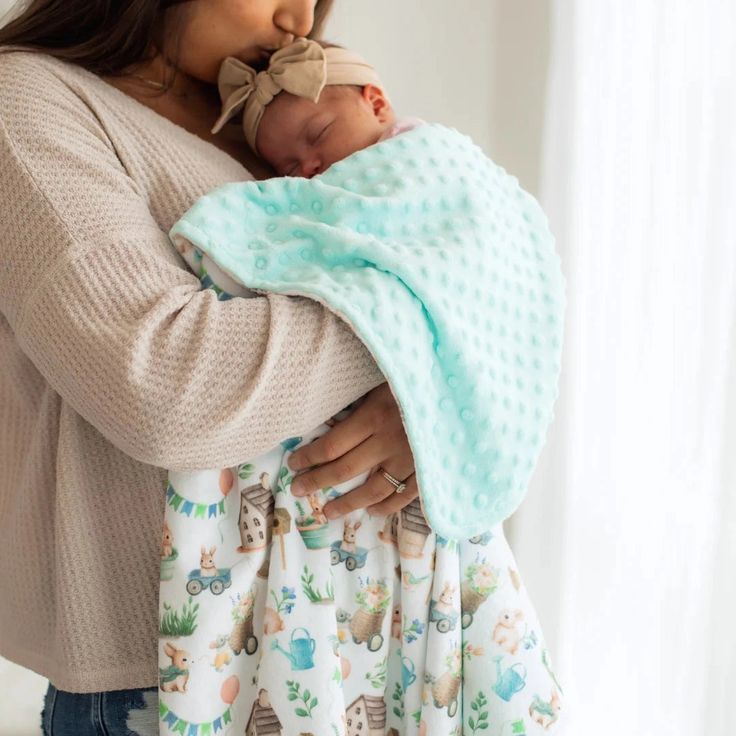What is Quilt Fabric?
Quilt fabric is the material used to create quilts. It serves as the foundation for various quilting projects. The choice of fabric has a significant impact on the overall design and functionality of the finished piece. Different types of fabrics bring unique qualities to quilts, allowing quilters to explore creativity while expressing personal style. Selecting the right quilt fabric influences both the aesthetic appeal and the durability of the quilt. Additionally, the fabric affects how easy or challenging it will be to sew the quilt together. Therefore, understanding quilt fabric is essential for anyone embarking on a quilting journey.
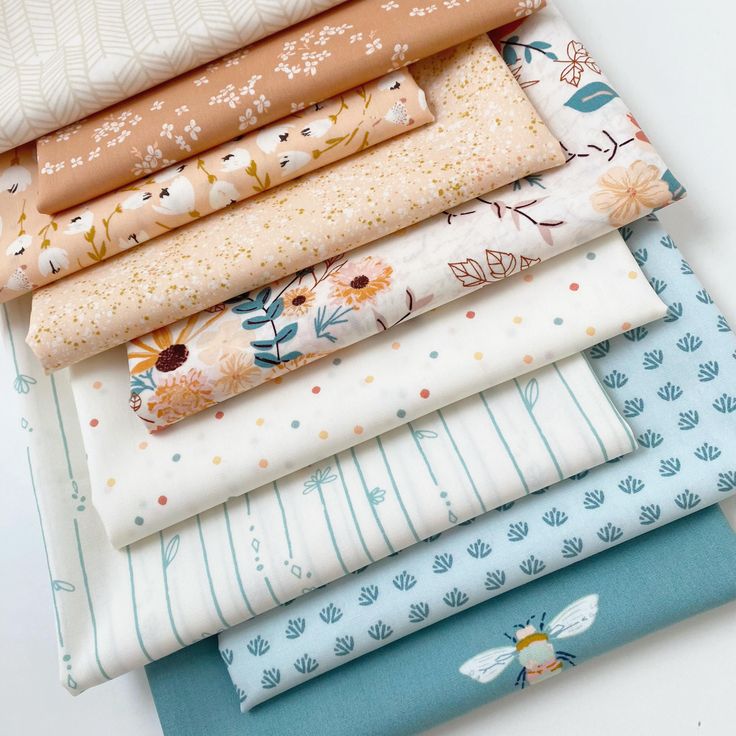
Types of Fabrics Used in Quilting
- Cotton: Cotton is the most popular choice for quilting. It is known for its softness, making it comfortable against the skin. Cotton is also durable, ensuring that your quilt lasts for years. Furthermore, it is easy to sew, making it a favorite among both beginners and experienced quilters.
- Linen: Linen fabrics add unique texture and strength to quilts. This fabric often complements modern quilt designs very well. Although it may require more careful handling, the beauty of linen makes it worth the effort.
- Silk: Silk provides a luxurious feel that elevates any quilt. However, it can be tricky to work with due to its slippery nature. Quilters should have some experience before tackling silk to avoid frustrations.
- Flannel: Flannel is incredibly cozy, which makes it perfect for baby quilts or winter-themed projects. Its soft texture offers warmth and comfort, making it a beloved choice for many.
- Polyester or Blends: These fabrics can be cost-effective alternatives. They often come in a variety of patterns and colors. However, polyester may not have the same softness or breathability as natural fibers like cotton or linen.
Each fabric type offers a unique look and feel, so choose based on your design needs and project requirements. Careful consideration of fabric characteristics will enhance your quilting experience.
Key Characteristics of Quality Quilt Fabric
- Thread Count: Look for fabrics with a high thread count. They last longer and feel smoother.
- Color Fastness: Ensure the fabric’s colors do not bleed during washing. Test with a small piece.
- Weave Quality: A tight, even weave ensures better durability and stitching.
- Weight: Medium-weight fabrics are ideal. They are easy to handle and sew.
Quality quilt fabric enhances your project, making it both beautiful and long-lasting. Understanding fabric characteristics ensures success in quilting endeavors.
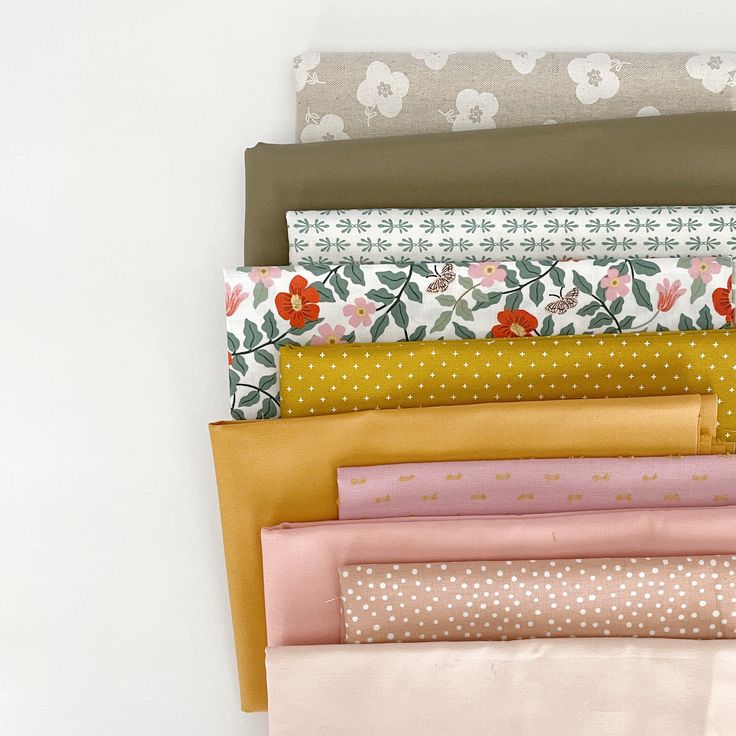
Selecting Fabrics for Your Quilting Projects
Choosing the right fabric is crucial for a successful quilting project. The fabric you select affects not only the quilt’s appearance but also its durability and the ease with which you can assemble it. Consideration of quality, weight, weave, and design elements ensures that your fabric aligns with your quilting goals. The better your fabric fits the project’s needs, the more satisfying the quilting experience will be.
Fabric Weight and Weave Considerations
Fabric weight plays a vital role in quilting. Medium-weight fabrics are the most versatile and easiest to handle. They strike a good balance, providing enough structure without being too cumbersome. Heavy fabrics can add unnecessary bulk while complicating the sewing process. In contrast, lightweight options might lack the durability required for long-lasting quilts.
Additionally, the weave of the fabric dictates how well it holds up during both sewing and washing. A tight and even weave prevents unraveling, allowing for smoother stitching and a neater finish. Loose weaves, on the other hand, can lead to uneven seams and gaps in the final quilt. When assessing fabric, always check for quality by inspecting the weave and feel. Fabrics with high thread counts generally offer enhanced durability and a richer texture, making them preferable for quilting projects.
Matching Colors and Patterns in Quilting
Colors and patterns are fundamental in defining the aesthetic of your quilt. Choose a color scheme that complements your design concept. Whether you aim for a bold contrast or a more subtle harmony, the right colors can make your quilt truly stand out.
When mixing patterns, do so with care to avoid cluttered designs. Pair larger patterns with smaller or simpler ones for balance. This approach creates visual interest without overwhelming the viewer. For instance, when using vibrant prints, consider incorporating solid colors to help tone down the overall effect.
A useful technique is to audition fabrics by laying them together to see how they blend visually. This allows you to ensure that colors don’t compete and that patterns flow seamlessly across the quilt.
In summary, selecting quilt fabric with weight, weave, colors, and patterns in mind leads to a beautiful and durable creation. The right choices will elevate your quilting projects, making them both aesthetically pleasing and functionally sound.
Essential Tools for Preparing and Cutting Quilt Fabric
Having the right tools ensures clean cuts and precise shapes for quilting. Proper preparation and cutting directly impact the quilt’s quality and assembly. Below are key tools every quilter needs for success.
Rotary Cutters and Cutting Mats
Rotary cutters make fabric cutting fast and accurate. These tools allow smooth, straight cuts with minimal effort. Choose a cutter with a sharp blade for clean results. Blade sizes vary, with 45mm being an ideal choice for most projects. Always handle rotary cutters with care to avoid injuries.
Cutting mats are essential for protecting surfaces and maintaining blade sharpness. Self-healing mats are durable and prevent grooves from forming during cutting. Select a mat with clear grid markings to assist in measuring and aligning quilt fabric. Mats come in various sizes, so pick one that fits your workspace.
Rulers, Templates, and Other Tools
Rulers and templates help achieve precise measurements and consistent shapes. Transparent quilting rulers with grid lines are perfect for cutting straight edges. Square or triangle rulers are useful for specific block patterns. Accurate rulers reduce errors during cutting.
Templates are great for cutting unique shapes like circles or hexagons. They come in plastic or acrylic and provide consistent outlines for repeat cuts. When working with templates, secure them with clips or tape to avoid slipping.
Other useful tools include fabric marking pens or chalk to outline cuts. Scissors can assist in trimming loose threads or making small adjustments. Pins and clips hold fabrics in place for more controlled cutting.
With the right tools like rotary cutters, mats, and rulers, you can achieve clean and professional results.
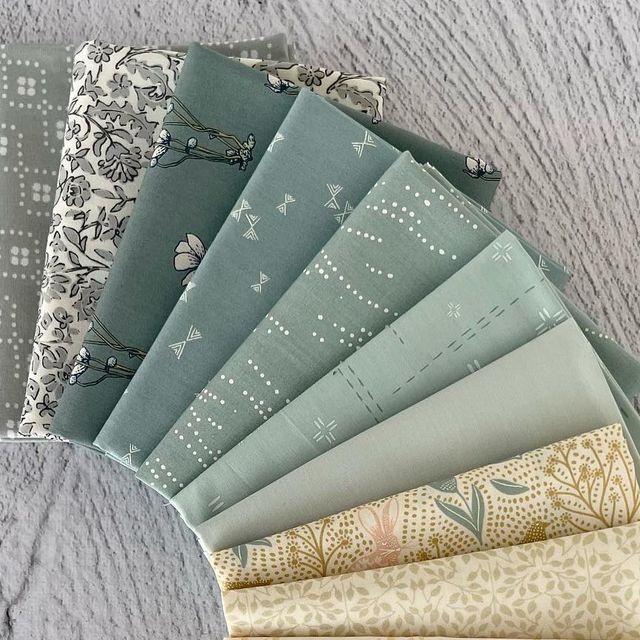
Prepping Your Fabric for Quilting
Preparing your quilt fabric is an important step before starting any quilting project. Proper preparation ensures smoother sewing and better results. Below are essential tips for pre-washing and ironing your quilt fabrics.
Pre-Washing Quilt Fabrics: Pros and Cons
Pre-washing fabric removes chemicals and prevents shrinkage after sewing. But it has both benefits and drawbacks.
Pros of Pre-Washing:
- It softens the fabric, making it easier to handle during quilting.
- It prevents colors from bleeding into other sections of the quilt.
- It removes dust, dirt, and leftover dyes from manufacturing.
Cons of Pre-Washing:
- Pre-washed fabric requires drying and ironing, which adds time to the preparation.
- It can fray edges or distort the fabric’s original sizing.
- Quilters who prefer stiffened shapes may lose that crispness.
To decide if pre-washing is right for you, consider the project’s purpose and fabric type. Delicate fabrics like silk may not need pre-washing, while brightly colored cottons should be tested to avoid bleeding.
Ironing and Folding Tips for a Seamless Process
Ironing ensures an even surface for cutting and sewing, reducing errors in your quilt.
Tips for Ironing Your Fabric:
- Use a clean iron and apply medium heat for cotton fabrics.
- Always press the fabric, don’t glide the iron, to avoid stretching or distorting it.
- Lightly spray with water if needed to remove stubborn wrinkles.
- Press seams open after stitching to get a flat, professional look.
Folding for Smooth Handling:
- Fold prepped fabric neatly to prevent creases or wrinkles before cutting.
- Align selvage edges to give a clean and even surface.
- Store fabric folded or rolled to maintain its smoothness over time.
Taking time to prep fabric with pre-washing and ironing makes quilting easier and more enjoyable. Ensuring well-prepared fabric sets a strong foundation for your project.
Popular Quilt Fabric Brands and Collections
Quilters have access to a wide variety of fabric brands and collections. Trusted names and designer prints elevate quilting projects. Choosing the right brand ensures quality and brings unique style to your quilt.
Trusted Names in the Quilting World
Several brands stand out for consistently providing high-quality quilt fabrics. These companies are well-loved by both beginners and experienced quilters.
- Moda Fabrics: Known for their beautiful designs and premium cotton. Moda is a staple in quilting.
- Robert Kaufman: This brand offers vibrant colors and versatile fabric lines for all projects.
- FreeSpirit Fabrics: Known for bold, artistic designs, it’s a go-to for modern quilts.
- Riley Blake Designs: Riley Blake specializes in whimsical patterns and soft, durable cottons.
- Benartex: Offering diverse collections, Benartex is great for traditional and contemporary quilting.
Investing in trusted brands ensures durability, ease of use, and visually stunning quilts.
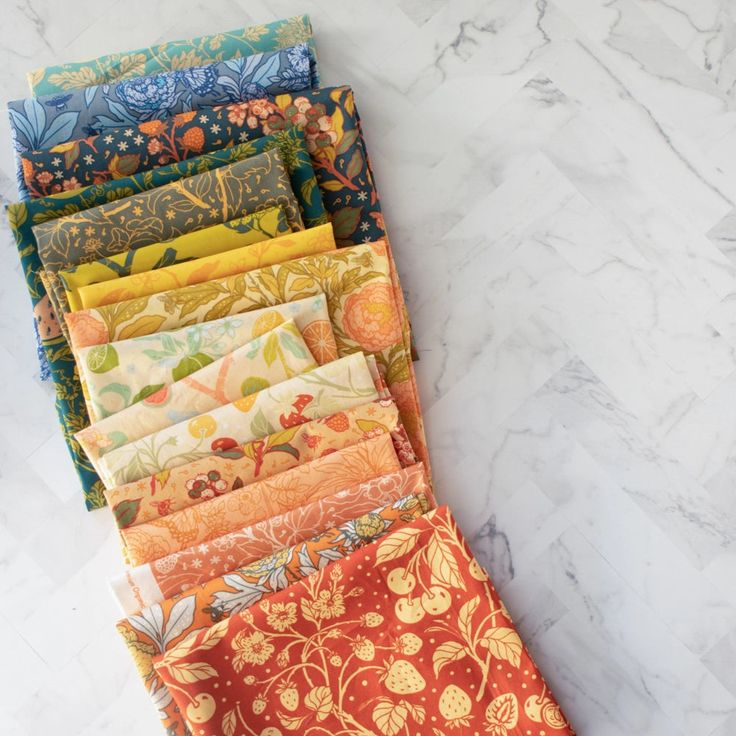
Spotlight on Designer Prints for Quilts
Designer prints bring unique styles and themes to quilting projects. These fabrics often feature eye-catching patterns and exclusive designs.
- Tula Pink: Known for vibrant colors and intricate details that add personality to any quilt.
- Kaffe Fassett: Offers bold and colorful prints that create statement pieces.
- Lori Holt: Perfect for vintage-style quilts, Lori’s prints offer a charming nostalgic feel.
- Anna Maria Horner: Her designs blend modern elements with a touch of artistry.
- Liberty Fabrics: Renowned for fine floral patterns, these fabrics are perfect for elegant quilting.
Choosing fabrics from designer collections allows quilters to create quilts with distinct, memorable aesthetics. Each designer brings a unique vision, ensuring your quilt stands out.
Tips for Budget-Friendly Fabric Shopping
Quilting doesn’t have to be expensive. Smart purchasing can help you save money without compromising quality. Here are practical tips to find quilt fabric at budget-friendly prices.
Where to Buy Affordable Quilt Fabrics
Finding affordable quilt fabric is easier when you know the right places to shop:
- Local Fabric Stores: Check smaller local stores. They often have clearance sections with hidden gems.
- Online Retailers: Websites like online marketplaces offer discounts on quilt fabric collections.
- Thrift Stores: Vintage fabrics and scraps are available at thrift shops for lower prices.
- Fabric Swap Events: Join quilting groups or attend swaps where quilters trade leftover materials.
- Big-Box Stores: Large craft chains frequently carry budget-friendly options suitable for beginners.
Exploring multiple sources guarantees more variety and better chances to find bargains.
Seasonal Sales and Discounts for Quilters
Timing your purchases can save you money. Take advantage of seasonal sales and special promotions:
- Holiday Sales: Look for sales on major holidays like Black Friday or end-of-year clearances.
- Back-to-School Promotions: Many stores offer discounts aimed at crafting supplies during the fall season.
- Annual Events: Participate in local quilting festivals with discounted fabrics and bundles.
- Buy in Bulk: Purchasing fabric in larger quantities during sales often lowers the price.
- Coupon Programs: Sign up for store newsletters to receive exclusive coupons and early sale notices.
Planning your purchases around sales periods can help maximize savings.
Shopping smart and using these tips can make quilting an affordable and enjoyable hobby.
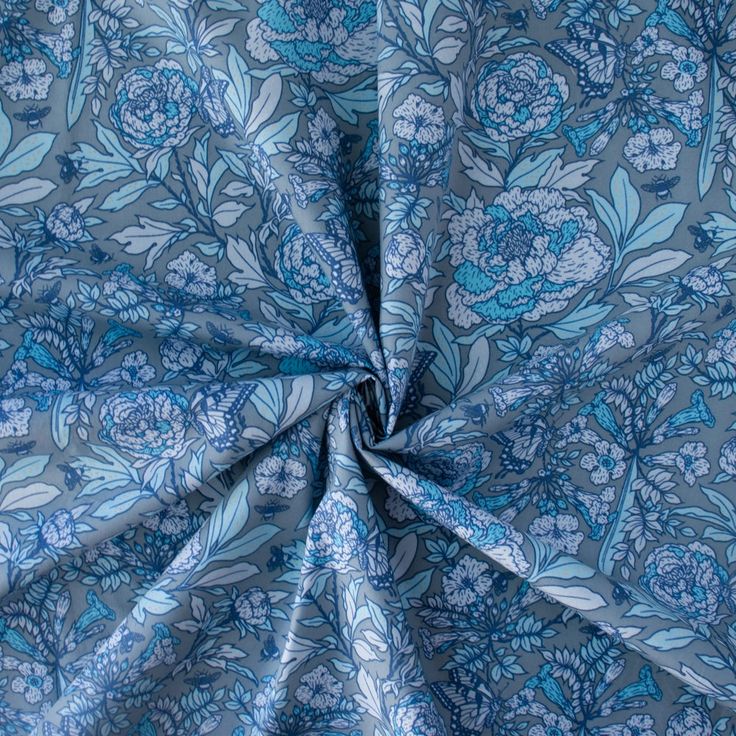
Caring for Your Quilted Creations
Taking care of your quilted creations is essential to maintain their beauty and durability. Proper washing, storage, and preservation practices ensure they last for years.
Best Practices for Washing and Storing Quilts
Washing and storing quilts correctly protects their fabric, stitching, and overall structure.
Washing Tips:
- Wash quilts gently to avoid damage. Use a mild detergent and cool water.
- Hand washing is always safer for delicate or antique quilts.
- If using a machine, choose a gentle cycle with slow spinning.
- Avoid bleach and harsh chemicals to preserve the fabric’s integrity.
- Lay quilts flat to dry rather than hanging them; this prevents stretching.
Storing Tips:
- Store quilts in cool, dry places away from direct sunlight to prevent fading.
- Avoid sealing quilts in plastic bags to allow air circulation.
- Use cotton sheets to cover stored quilts for added protection.
- Fold quilts loosely to avoid permanent creases.
- Rotate folded quilts occasionally to distribute wear evenly.
Following these practices will help preserve your quilts and keep them looking their best.
Preserving Fabric Colors and Quality Over Time
Preserving fabric colors and quality ensures your quilts stay vibrant for decades.
Preservation Tips:
- Limit sunlight exposure to prevent fabric colors from fading over time.
- Wash quilts minimally to reduce wear and maintain vibrant prints.
- Test detergents on a small area to ensure fabric colors don’t bleed.
- Avoid high heat settings during washing and drying to protect fibers.
- Regularly inspect quilts for stains and treat them promptly with gentle solutions.
Using these methods will keep quilt fabric vibrant and strong for long-term enjoyment.

